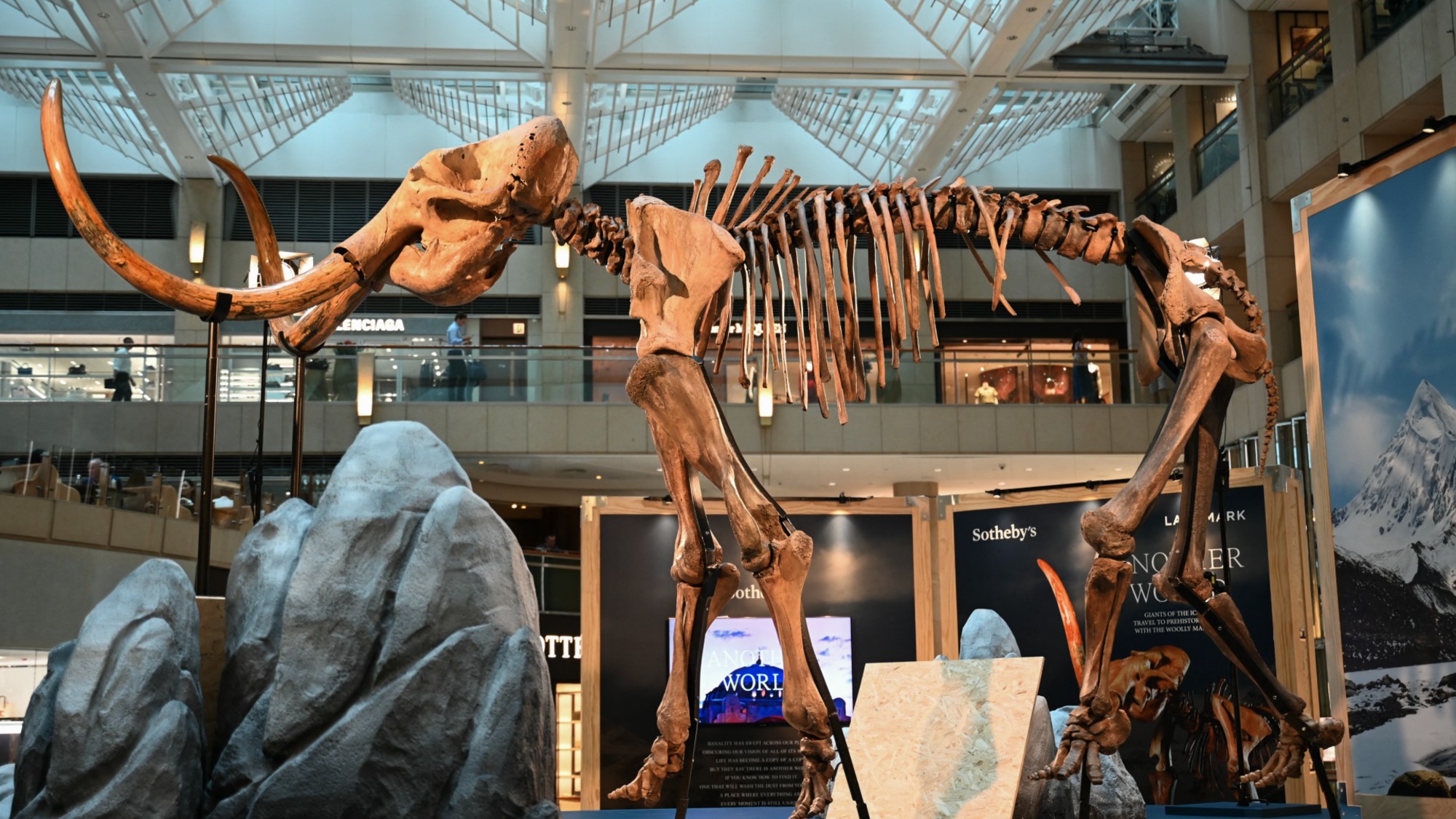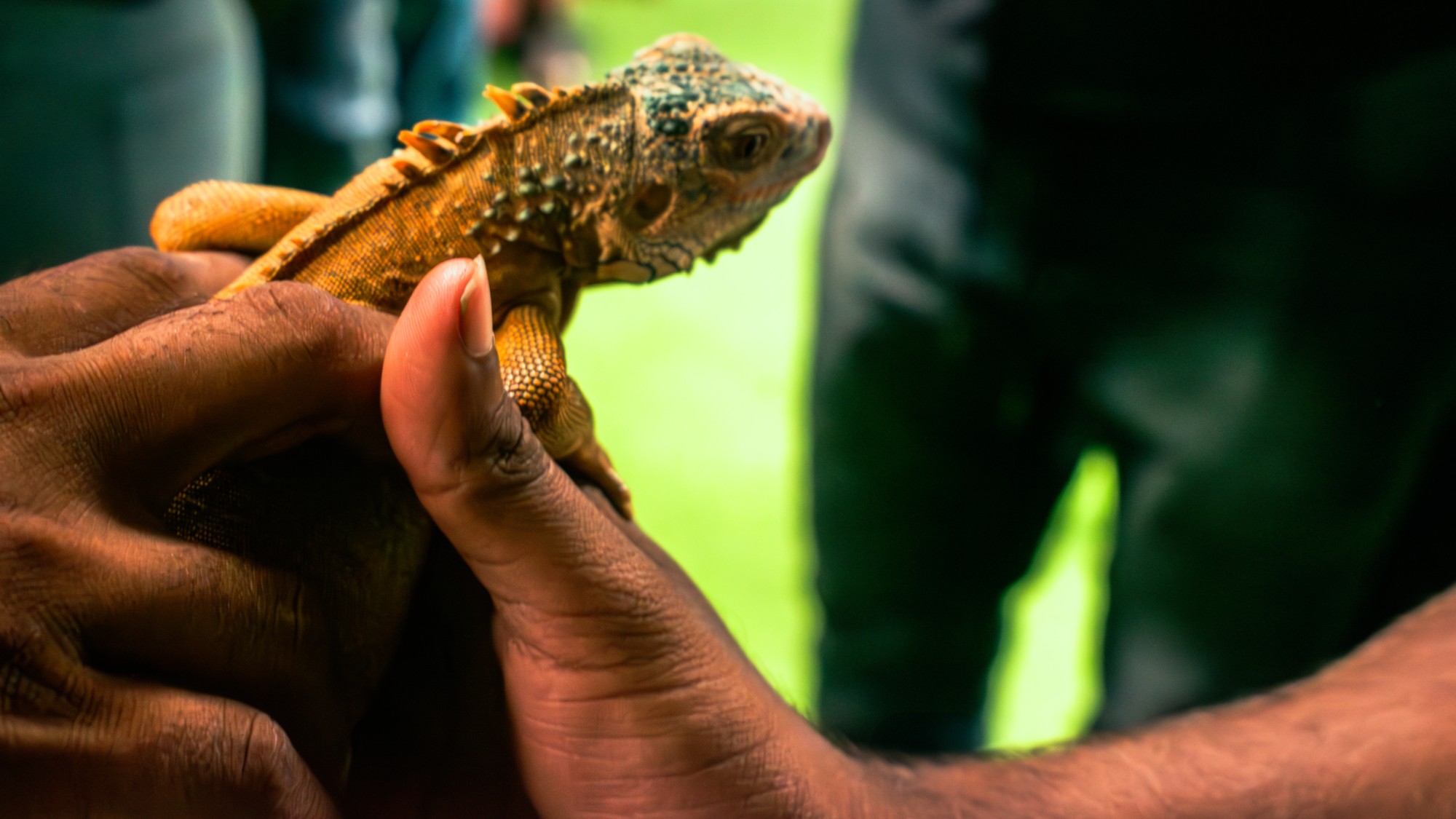The dubious nature of de-extinction
Are the newborn pups recently touted by Colossal Biosciences a vanity project backed by billions, or the future of animal conservation?


Colossal Biosciences claims to have reached several milestones in its "Jurassic Park"-like ambition to bring extinct species back to life, helping it capture investor support and making its latest valuation over $10 billion. But some activists and scientists have pointed out the dubious nature of these claims, criticizing the murky science of de-extinction.
The company got pushback over its recent claim that it resurrected the dire wolf. But the debate over whether the pups are clones of their extinct relatives misses the point, said Beth Shapiro, Colossal's chief science officer, to CNN, adding that the team had successfully resurrected the "functional essence" of the dire wolf. Still, this clarification begs the question: Is de-extinction really doable?
Is de-extinction possible?
To date, there has only been one successful attempt to bring a species back from extinction, and it was a short-lived success. Celia, the last living Pyrenean Ibex, a subspecies of wild mountain goat, died in 2000. Three years later, scientists used cells taken from her body before she died to clone her with the same method used in the famous cloning of Dolly the sheep. Copies of Celia's DNA were developed into 407 embryos, and half were transferred to the wombs of 57 surrogate goat mothers. Seven of these implantations turned into pregnancies, and one baby ibex was born successfully. However, due to malformed lungs, the kid soon died from suffocation, living only a few minutes and giving the species the distinction of being the only one on Earth to have gone extinct twice.
The Week
Escape your echo chamber. Get the facts behind the news, plus analysis from multiple perspectives.

Sign up for The Week's Free Newsletters
From our morning news briefing to a weekly Good News Newsletter, get the best of The Week delivered directly to your inbox.
From our morning news briefing to a weekly Good News Newsletter, get the best of The Week delivered directly to your inbox.
DNA recovered from long-dead creatures is "profoundly degraded, chewed up by time and bacteria," and what is actually recovered are fragments, said geneticist and frequent de-extinction critic Adam Rutherford at The Guardian. These fragments comprise a "tiny proportion of the total amount of DNA in a living creature, most of which is lost in time, like tears in rain." Much of what is lost has a "function in living cells" and is "species-specific." This makes the proposed process of de-extinction much different than the cloning of Dolly, whose complete genome was taken from a living sheep. "This is not photocopying," Rutherford added, "it's trying to assemble a book with only a clutch of sentences."
What about Colossal's de-extinction claims?
No matter how cute the dire wolf pups might be, the company's claims about them are "absolute bollocks," Rutherford said on his Punctuated Equilibrium Substack. No amount of "fancy pictures, cool legendary names," or "American-brand biotech TED-style glossy hubris can change this." The three pups are "by any sensible definition, genetically engineered grey wolves," an entirely different species than the extremely distant cousins they are supposed to resemble. "Sticking feathers up your butt does not make you a chicken," said Rutherford. The newborn pups are still grey wolves, and "dire wolves remain very extinct."
Additionally, the pups were brought into the world without packs or parents, with dogs as surrogate mothers, making them "gaudy boutique animals for a greedy, morally suspect company." If conservation is Colossal's goal, overlooking this is "nothing but ghoulish." These pups are "sophisticated social animals" that have been "experimented on for no good reason — not for medical knowledge, not for conservation reasons, just for business."
The company's broader efforts to de-extinct other flashy animals like the woolly mammoth are "as far as conservation efforts go — incredibly misguided," said elephant conservation expert Nitin Sekar at Ars Technica. Ultimately, Colossal's efforts will not "end up being about helping wild elephants or saving the climate" but "creating creatures for human spectacle, with insufficient attention to the costs and opportunity costs to human and animal life." If seeking to advance conservation efforts, the question is whether Colossal's "leaders and supporters are willing to pivot from a project that grabs news headlines to ones that would likely make positive differences."
A free daily email with the biggest news stories of the day – and the best features from TheWeek.com
The topic of de-extinction unquestionably raises ethical questions, but the birth of the pups is still a "major breakthrough in genetics," said Michael Knapp, an anatomy professor at New Zealand's University of Otago, to The Washington Post. It is easy to "brush attempts to bring back extinct species off as vanity projects without purpose in the real world," but that would "ignore the technological breakthroughs behind these efforts." However, whether "this is an avenue that should be further pursued is a highly complex question."
Theara Coleman has worked as a staff writer at The Week since September 2022. She frequently writes about technology, education, literature and general news. She was previously a contributing writer and assistant editor at Honeysuckle Magazine, where she covered racial politics and cannabis industry news.
-
 The week’s best photos
The week’s best photosIn Pictures A man's best friend, the elephants in the room, and more
-
 A TikTok trend has Gen Z men leaving streetwear behind for more preppy attire
A TikTok trend has Gen Z men leaving streetwear behind for more preppy attireThe Explainer More than a zipper: Young Black men embrace the ‘quarter-zip movement‘
-
 Codeword: December 12, 2025
Codeword: December 12, 2025The daily codeword puzzle from The Week
-
 ‘The Big Crunch’: why science is divided over the future of the universe
‘The Big Crunch’: why science is divided over the future of the universeThe Explainer New study upends the prevailing theory about dark matter and says it is weakening
-
 Dinosaurs were thriving before asteroid, study finds
Dinosaurs were thriving before asteroid, study findsSpeed Read The dinosaurs would not have gone extinct if not for the asteroid
-
 The moon is rusting
The moon is rustingUnder the radar The Earth is likely to blame
-
 Africa could become the next frontier for space programs
Africa could become the next frontier for space programsThe Explainer China and the US are both working on space applications for Africa
-
 NASA reveals ‘clearest sign of life’ on Mars yet
NASA reveals ‘clearest sign of life’ on Mars yetSpeed Read The evidence came in the form of a rock sample collected on the planet
-
 Parthenogenesis: the miracle of 'virgin births' in the animal kingdom
Parthenogenesis: the miracle of 'virgin births' in the animal kingdomThe Explainer Asexual reproduction, in which females reproduce without males by cloning themselves, has been documented in multiple species
-
 NASA is moving away from tracking climate change
NASA is moving away from tracking climate changeThe Explainer Climate missions could be going dark
-
 Atoms into gold: alchemy's modern resurgence
Atoms into gold: alchemy's modern resurgenceUnder the radar The practice of alchemy has been attempted for thousands of years
